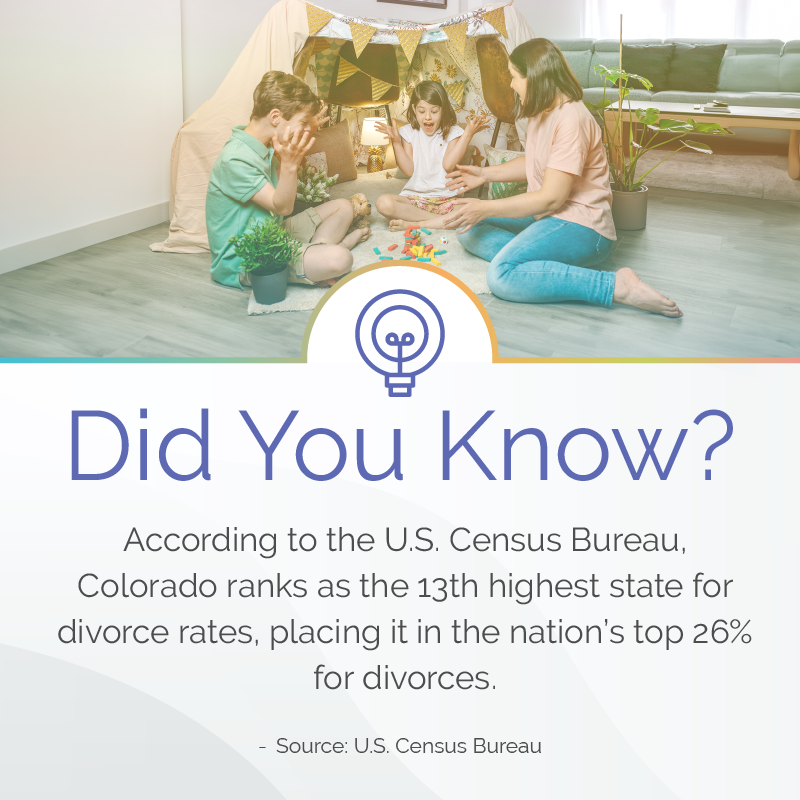Divorce laws and trends in Colorado have evolved significantly, reflecting broader societal changes and legal reforms. Historically, divorce in Colorado required proof of fault, such as adultery or abandonment. This changed in the 1970s with the adoption of the Uniform Dissolution of Marriage Act (UDMA), which introduced “no-fault” divorce, allowing couples to dissolve their marriages without assigning blame.
Colorado’s divorce rates have fluctuated in recent years. In 2021, the state reported a divorce rate of 3.0 per 1,000 inhabitants, aligning with national trends of declining divorce rates. However, certain regions, such as La Junta, have higher rates, with 11.0% of residents aged 15 and older being divorced.
Understanding Colorado’s approach to divorce involves recognizing both its legal framework and demographic patterns. Here are ten essential facts and statistics:






